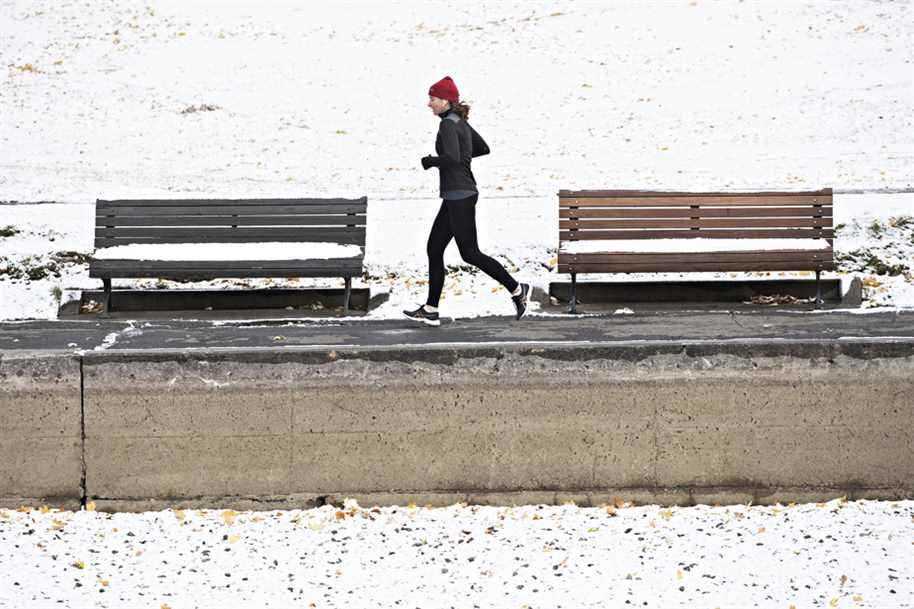(Montreal) Instead of taking advantage of the extra free time created by confinement and working at home to move around a bit, Canadians have been more physically inactive than ever since the start of the pandemic and that earned them a grade of “F” in the second “Report Card on Physical Activity in Adults” unveiled Tuesday by the organization ParticipACTION.
Almost nine in ten Canadians are sedentary for at least eight hours a day. Only 7% of adults used an active mode of transportation to get to work and only 49% of them walked at least 7,500 steps per day.
If it is not yesterday that we decried the lack of interest of Canadians in getting up and moving, it now seems that the pandemic has added to the many obstacles – real or imagined – that were already standing. between the population and better physical shape.
“Daily physical activity has always been a challenge for many people,” said ParticipACTION President and CEO Steeve Ager. The pandemic has only accentuated this challenge and even increased the decline in physical activity among adults. ”
Even everyday activities, like taking a walk with friends or commuting to work, have been challenged by the pandemic, whether that is because they were no longer permitted or deemed safe.
While a few Canadians took advantage of the pandemic to start moving a little more, the majority unfortunately had the opposite reflex, said Ager. “Sedentary lifestyle has increased over the past year, and this is perhaps the most damaging effect of the pandemic,” he added.
The “Adult Physical Activity Report Card” was compiled from 18 indicators, Ager said. Some concerned the personal habits of the population – such as the number of steps per day, the time spent in light to moderate physical activity, and the time spent asleep or inactive – and others related to the environmental factors associated with the activity. physical, such as the presence of infrastructure or the offer of services.
It was observed a few years ago that the sermon “at least three times a week, 30 minutes each time” could have the pernicious effect of discouraging the population by setting the bar a little too high. Instead, we adopted a more “inclusive” discourse by suggesting incorporating physical activity into everyday life, for example by using the stairs or getting off the bus one stop earlier.
Simply interspersing our day with active breaks, interspersing sedentary periods with getting up and moving around, may have benefits, added Ager.
The speech, he continues, goes much more towards reminding the population that it is necessary to have a regular sequence of movements in our daily lives. Those who want to take it a step further can then fall back on the guidelines that recommend about 150 minutes of moderate to vigorous physical activity per week.
“Every action we take can have benefits and gains for our health and brings us closer to active behavior on a daily basis,” concluded Mr. Ager.
